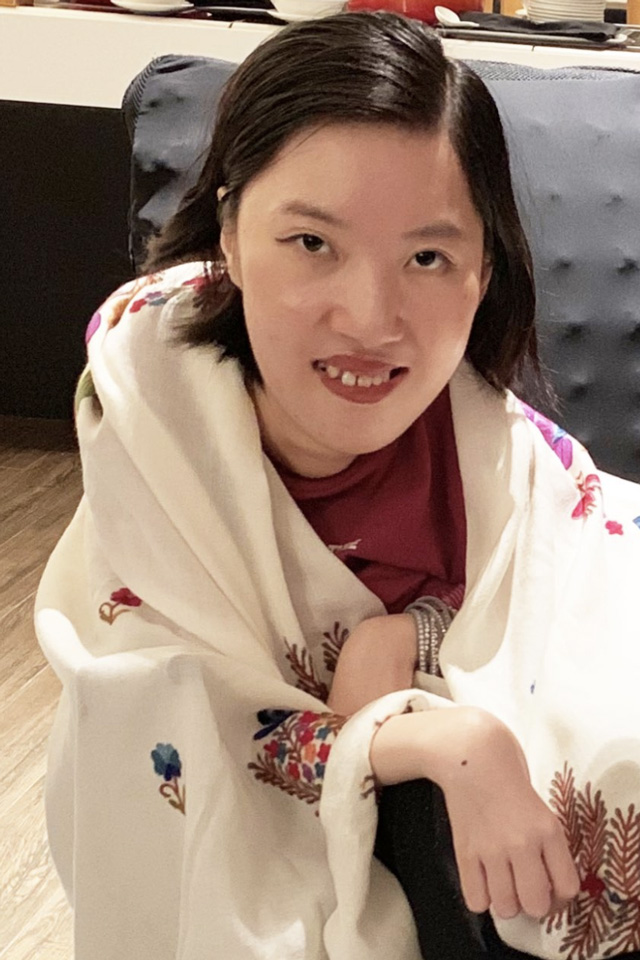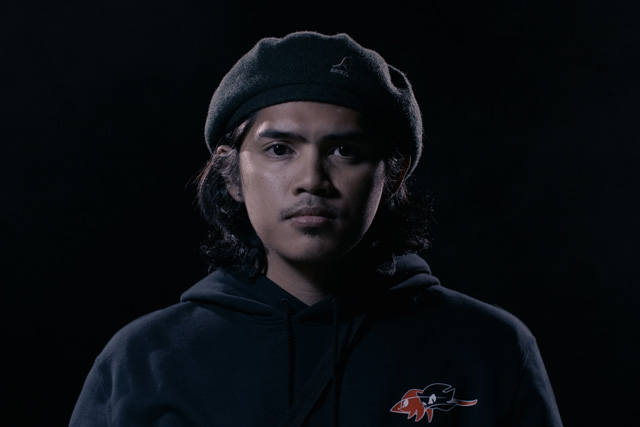By Xie Yihui & Alexander Goh –
How the mainstream media in Singapore’s Lion City portrays disabled people and their stories
Dr Dawn-joy Leong is no stranger to local media. The autistic multi-disciplinary artist and neurodiversity researcher has been in the public eye since her return to Singapore in 2016, embarking on an advocacy journey that would eventually win her recognition at the 2021 Goh Chok Tong Enable Awards.
As a result of these efforts, Leong has attracted the attention of a wide range of journalists looking to tell her story. She describes these encounters as “a mixed bag of experiences.”
“Some [journalists] were surprisingly positive about learning new and progressive ways to approach disability,” Leong recalls. “Others didn’t care at all and just wanted to ‘get it over with’.”
“And a very few others behaved as if they were the experts on how to write and talk about disability, shutting down the disabled voice.”
Leong is far from the only disabled person to receive media attention in recent years. People with disabilities have been the subject of much Singapore news coverage. However, the disabled community is divided regarding whether these articles truly represent their stories.
Do Disabled People Have a Voice?
In 2021, Singapore’s largest newspaper published 87 entries under their “Disabilities” tag.
Thirty-two featured quotes from a disabled person. Of the remainder, 18 articles where perspectives from disabled communities could not reasonably be expected were forum letters and stories about adorable three-legged koalas and the like.
However, some might have benefited from disabled perspectives. A report on a new dental clinic that serves “disabled, underprivileged communities” quoted a disabled teenager’s parent, not the teenager herself. Another story on lower fees for adult day activity centers for lower-income people with disabilities could have been enriched by an interview with the beneficiaries.
Father of a child with Down Syndrome, New York Times writer David M. Perry, observed that many reporters assumed that it was sufficient to obtain quotes from a disabled person’s parent or partner, rather than interviewing the disabled person directly.
“Often, we assume [disabled people] can’t communicate for themselves,” Perry said, “and report instead on what’s going on around them.”
Singaporean disabled writer Sherry “Elisa” Toh attributes the omission of disabled voices in local news articles to “the pervasive infantilization of the disabled.”

“We’ve yet to successfully buck off (this attitude) as a society,” Toh says. “(It) can lead to journalists and publications not trusting that we can tell our own stories.”
Narratives in the Media
Leong observes that many journalists perceive disabled people, “as either ‘charity cases’ incapable of thinking for themselves, or ’superheroes’ who have ‘overcome’ their disabilities to ‘achieve success’.”
Disabled student athlete Kimberly Quek has been in the local news since 2014. She brought home Singapore’s first Deaflympics medals alongside fellow bowler Adelia Naomi Yokoyama in 2017. She also garnered widespread Singaporean news media attention by scoring a 40 out of 45 for her International Baccalaureate exams in 2020–a feat, she recalls, that was covered by TodayOnline, Channel News Asia, Straits Times and Lianhe Zaobao. During these interviews, she says, journalists would almost always ask about how she overcame the challenges of hearing loss.

Such narratives could inspire people with or without disabilities to achieve what they want through hard work and dedication, Quek says.
However, the ubiquity of the “overcomer” narrative is a matter of controversy amongst the protagonists of these narratives.
The most common questions that deaf artist Muhammad Ammar “Ameezy” Nasrulhaq receives from the media is about his struggles with his deafness and how he overcame them. While he hopes that a greater variety of stories can be told about disabled people, he understands where the journalists are coming from.
The media always want to figure out how to capture the reader’s attention, Nasrulhaq says. Inspirational content fits that bill. “(It) plays to the emotion of the audience.” Through this emotional tether, Nasrulhaq says, audiences might be eventually able to understand their struggles and be more aware of deafness and disability.

Although people with disabilities see these stories as well-meaning, the “overcomer” trope has worn out its welcome with many of them.
“The ‘overcomer’ theme is the most common approach in Singapore, where everyone worships worldly success,” says Leong. As a prominent–if reluctant–local disability advocate, she is no stranger to being cast in such narratives.
“A journalist from Our Grandfather Story once sent me an email saying he wanted to write a story about how I ‘overcame’ my disabilities to find ’success’ in life,” Leong says. “I told him I’d prefer him to write about my work – my autism research and my multidisciplinary art.”
“That angle has already been done to death,” she replied. “I told him I could give him a different, less run-of-the-mill perspective.”
“He never even bothered to reply,” she says.
University student Joshua Choo, who regularly uses a wheelchair, is tired of the overcomer trope. “Generally there’s this obsession with how disabled people can still be ‘productive’ or ‘overcome’ our disabilities to do great things.”
For Choo, these stories tie their worth to achievements and productivity.
In painting these inspirational figures as a glossy picture of resilience, Leong says, the media creates a perception that all disabled people must be superheroes to be given simple basic human dignity and respect.
Authenticity, Complexity and Accessibility
Some people with disabilities see merit in the existing narratives.
Paralympic sailor Jovin Tan believes that these stories are “a good start” for more disabled representation in the news. Tan has been featured in many news stories after clinching the gold medal at the 2014 Asian Para Games and at the 2015 ASEAN Para Games. He sees the media attention as a positive thing.

“Awareness is being created for para sports,” he says.
Leong recalls with fondness that Channel News Asia journalists approached her with genuine interest in learning about disabilities and conveying what they had learned to the public.
Many in the disabled community say that more can be done to facilitate the telling of more authentic, complex stories about disability.
A key barrier to having more disabled voices in the media is the lack of accessibility.
“Our impairments might require different means of communication,” Toh says. “Sometimes, disabled people simply do not want to be interviewed for fear of exposing themselves to yet more ableism.”
“I’d turned down audio and video meetings simply because I was afraid of how my impairments would be perceived,” Toh says, “and the awkwardness that could result from people interacting with me with unnecessary pity.”
One method of ensuring that disabled perspectives are authentically represented, according to Nasrulhaq and Toh, is to allow for more disabled representation amongst members of the media.
Nasrulhaq wants to see more entertainment content being led by the disabled, “built around the positivity of being disabled.”
“I notice the stark difference between stories told about disability by disabled individuals vs. stories told by non-disabled individuals,” says Toh, who is a writer. “Disabled writers tend to embrace the complexity and complicated nature of disability, the messiness of disability and life, that non-disabled writers struggle to grasp.
“I truly don’t believe we will see more progress until we have more disabled people working in media,” he says, “and being supported for their work and their stories.”
Cover image: Dr. Dawn-joy Leong. Photo: Dr. Dawn-joy Leong
